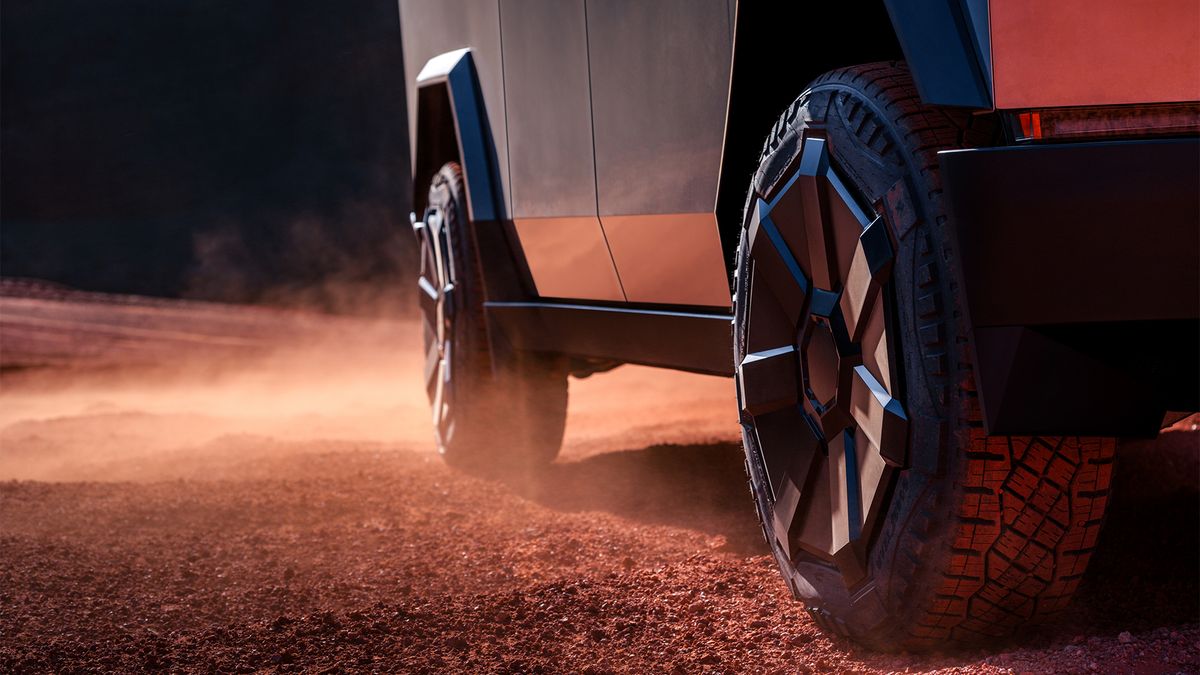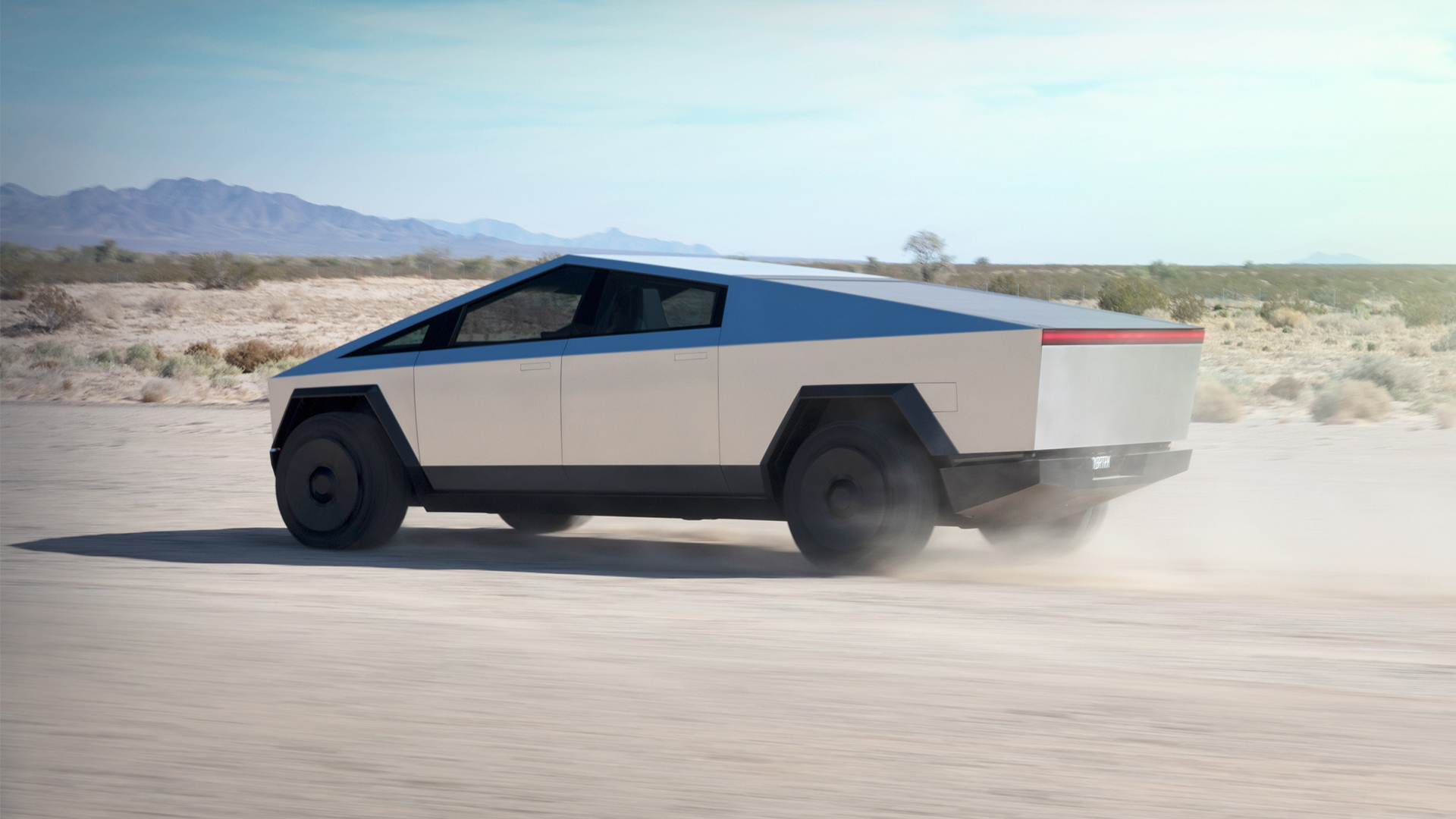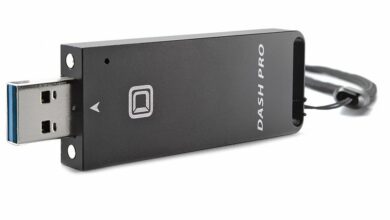Cybertruck owners complain about premature tire wear, but this isn’t just a Tesla problem

Social media and Reddit has been stirred up by a Cybertruck owner’s story about tire problems, as the Cyberbeast driver suggested in a message that the rubber around the 20-inch wheels of the polygonal electric car is so worn that it needs to be replaced after just 9,600 kilometers.
The rate at which a tire wears depends greatly on the vehicle in question and how it is driven. In general, however, it is not common practice to replace a set of tires after such low mileage on public roads.
According to most automotive information sources (your local tire dealer or roadside assistance company), most drivers can get at least 20,000 miles out of a set of tires in a front-wheel drive car. For rear-wheel drive cars, that can be as much as 40,000 miles.
Again, this all depends heavily on the vehicle in question and driving style. The fact that there are many suggestions on forums that the Cybertruck is prematurely destroying tires is likely placing unnecessary burden on Tesla.
Without all the facts surrounding Cyber Truck Owners Club user Santoshm’s Cyberbeast (camber, wheel alignment, wheel balancing and tire pressure can be all wrong, causing premature wear), it’s hard to say why they’re experiencing such poor return on rubber.

But the fact is, a truck that weighs 6,920 lbs (that’s over three tons, metric fans) and produces 833 hp with a staggering 10,296 lb-ft (13,959 Nm) of torque is going to eat through tires — even if owners are gentle on the gas pedal.
It’s no surprise that similarly sized electric EVs also have issues with tire wear. Last year, Rivian owners complained on Facebook and other social media about the equally poor tread life of the R1T.
Again, this could easily have been due to a number of factors, but many suggested that the ‘Conserve Mode’, which reduces power to the rear axle and lowers the ride height for greater aerodynamic efficiency, forces the front tyres to do all the work – and throws off the overall geometry, which can lead to incorrect wheel alignment and uneven wear.
But it could also be that this large, heavy and enormously powerful truck quickly shoots off the road at every traffic light, just because it can.
Analysis: With great power comes great responsibility

The Tesla Cybertruck, particularly the range-topping Cyberbeast variant, is the embodiment of automotive hyperbole. Overpowered, overweight, and overstyled (or should that be understyled?), it pushes the boundaries of automotive design and engineering.
While it’s often easy to ridicule Musk and his sometimes madcap EV company, Tesla isn’t alone in powering ultra-heavy electric vehicles with insane performance figures.
As with electric motors in general, the fact that they can deliver high torque almost instantly means that modern tires have to work harder than ever before… and modern tires don’t come cheap.
There was a time when investing in a performance car with 500+ horsepower came with the unwritten rule that the tire bill would be financially heavy. But in the world of electric cars, that notion seems to have disappeared.
Take, for example, the frankly ridiculous Smart #1 Brabus model. This compact, largely generic family SUV develops 428 horsepower and 584 Nm (431 ft lb) of torque, can accelerate from 0-62 mph in 3.2 seconds, and yet weighs in at 2,325 kg (5,126 lbs).
After driving that car, I was shocked at how often its wheels spun under a ‘hard’ throttle input. As a result, I’d wager that the bills for good tires won’t be cheap for the Smart car either.
So the question is, do modern electric vehicles really need this kind of power, just because they can?
And surely the amount of rubber particles that a Cybertruck, for example, emits into the atmosphere negates some of the work that battery packs and electric motors do to reduce local emissions?




